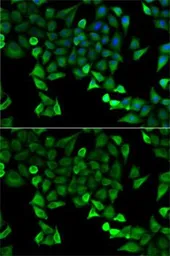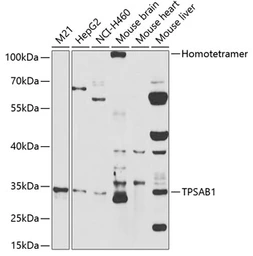Mast cell tryptase antibody
Cat. No. GTX32931
Cat. No. GTX32931
-
HostRabbit
-
ClonalityPolyclonal
-
IsotypeIgG
-
ApplicationsWB ICC/IF
-
ReactivityHuman, Mouse

